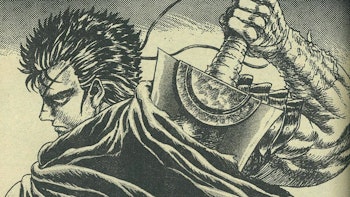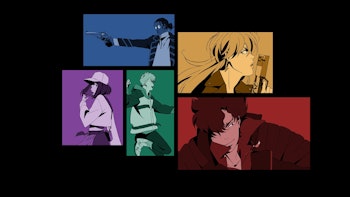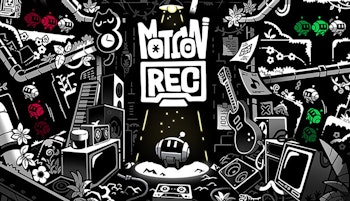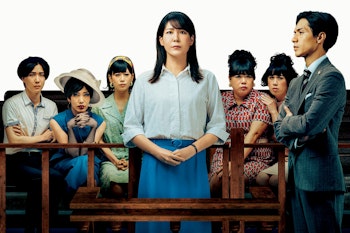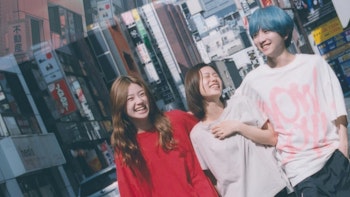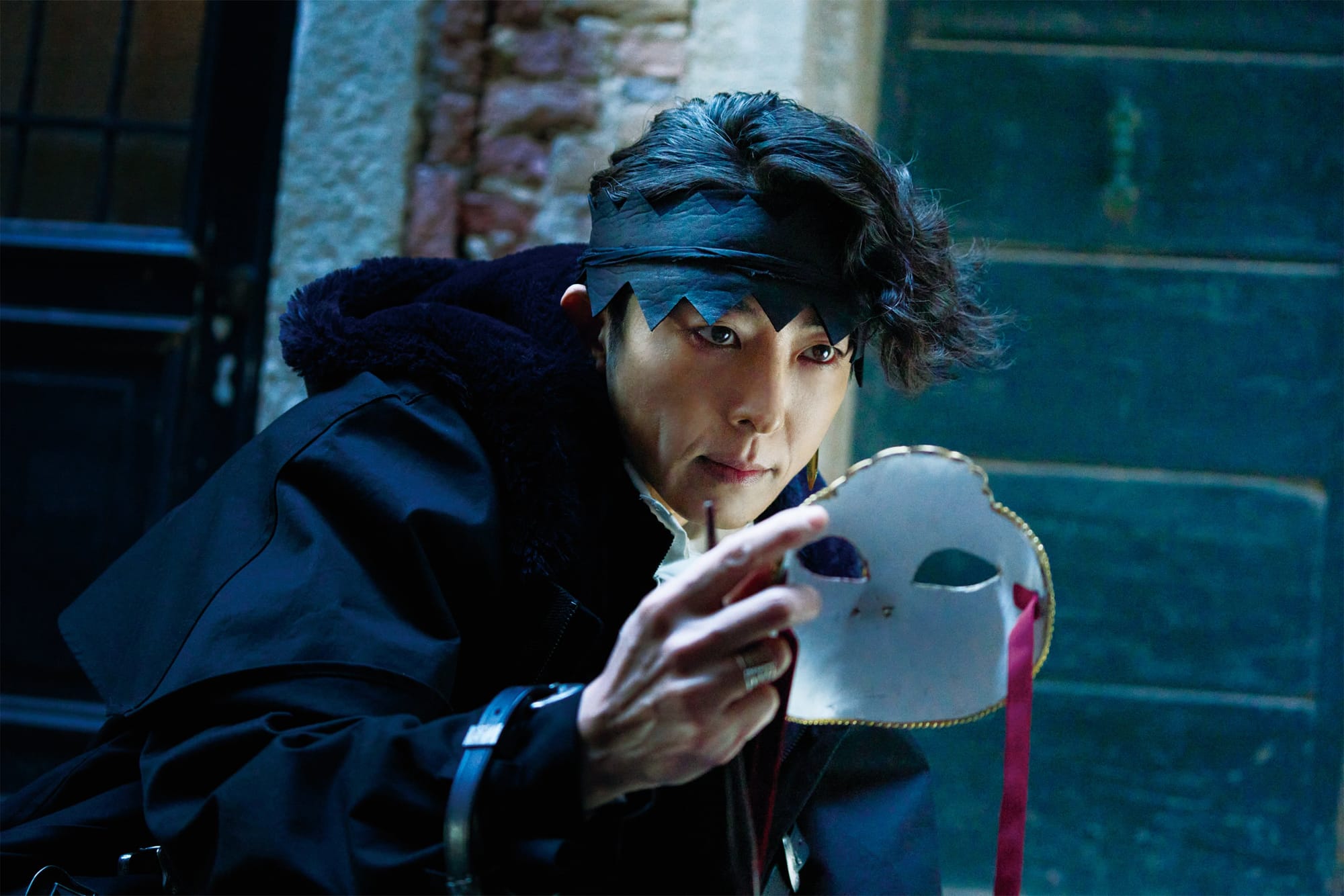
Hirohiko Araki’s JoJo’s Bizarre Adventure franchise has given us many beloved and layered characters since its debut. You could make an argument for any number of them to receive their own spin-off story, and not only would it bring a new dimension to these characters and the broader series, it would almost certainly be a success. Indeed this phenomenon has already played out with multiple characters, Thus Spoke Kishibe Rohan being just one example.
This is a series where the titular character’s Heavens Door supernatural powers allow them to read the minds of others like a book, creating a slow-burn mystery following the artist as he seeks inspiration for his work from the lives of others. These manga one-shots debuted in 1997, but its in live-action where the series has arguably felt most at-home. After a live-action TV series started broadcast on NHK in 2020, Thus Spoke Kishibe Rohan: At a Confessional is the second live-action film based on this adaptation that finally sees the series adapt the debut one-shot story for the big screen.
There are understandable reasons why it’s taken two series and a prior movie, 2023’s At the Louvre, for the live-action series to finally adapt Araki’s first Kishibe Rohan story. In the original one-shot, Rohan himself is more of an observer than an active character. He overhears the tale of a man from a priest’s confessional admit to abusing a beggar in a manner that led to their death, leaving him cursed. Especially with an actor as beloved as Issey Takahashi playing Rohan, you’d rather stories where he’s the star as opposed to a mere passerby.
To compensate, the film expands the narrative and places Rohan back into the protagonist role. The live-action adaptation somewhat shifts events in order to create a continuity between episodes rather than the episodic nature of the original manga, and thus this film begins with Rohan speaking to his editor on the phone from Venice as he prepares to give a speech at a local university. Stumbling inside a confessional in a church in the city during his research, a man begins to confess his sins to Kishibe.
Worried about this curse for abusing the beggar, he paid for a double to mirror his appearance and trick the ghosts, only to witness their death first-hand after his ultimate happiness was attained watching his daughter and confirming his worst fears. Knowing it could happen again he embraces all the superstitions for bad luck and swears to never allow his daughter to feel true joy. By chance, Rohan met his daughter, a half-Japanese woman managing a mask shop, earlier that day when returning a stolen mask. She is to be wed, coincidentally to a man at the university that first invited him to Venice.
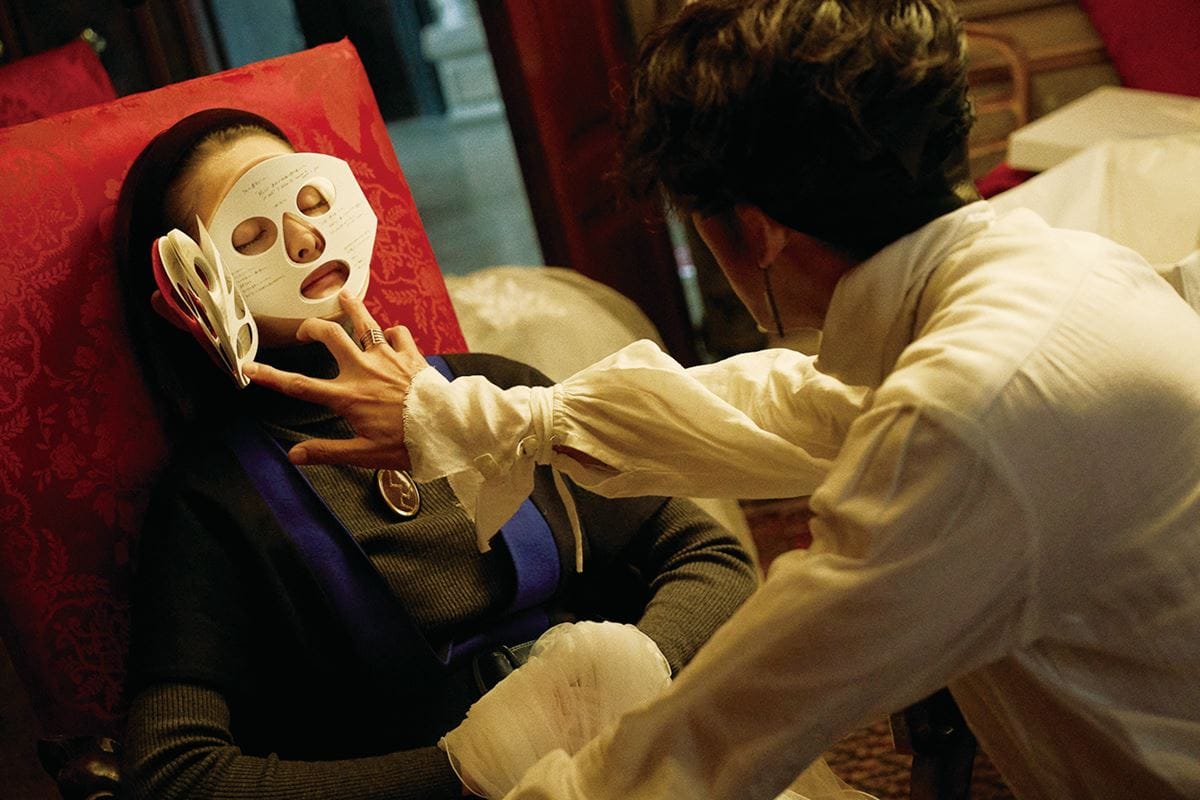
The coincidences leave him compelled to explore the curse further and understand it, while ensuring the wedding can proceed without allowing the ultimate despair the man fears - the death of his daughter - come to pass.
There are aspects of this production that are genuinely impressive. This is the first Japanese movie to be filmed and produced entirely on foreign soil, sending the entire cast to Venice to shoot on location in the city and locations such as the San Rocco church The stunning architecture of this city and the intimacy of its narrow stone-brick alleys bring a texture to the film unlike any other Japanese film, and something that would otherwise be lacking if these iconic locations were merely recreated in CG.
It even enhances the story thematically. Rohan’s pursuit of artistic perfection manifests as intellectual curiosity, naturally complimenting the character in sweeping shots of this majestic city in full glistening detail. In the shadows, the cursed man walks solemnly through the darker corners of these historic streets, the city emphasizing a man aged and haunted by death and despair wherever he walks.
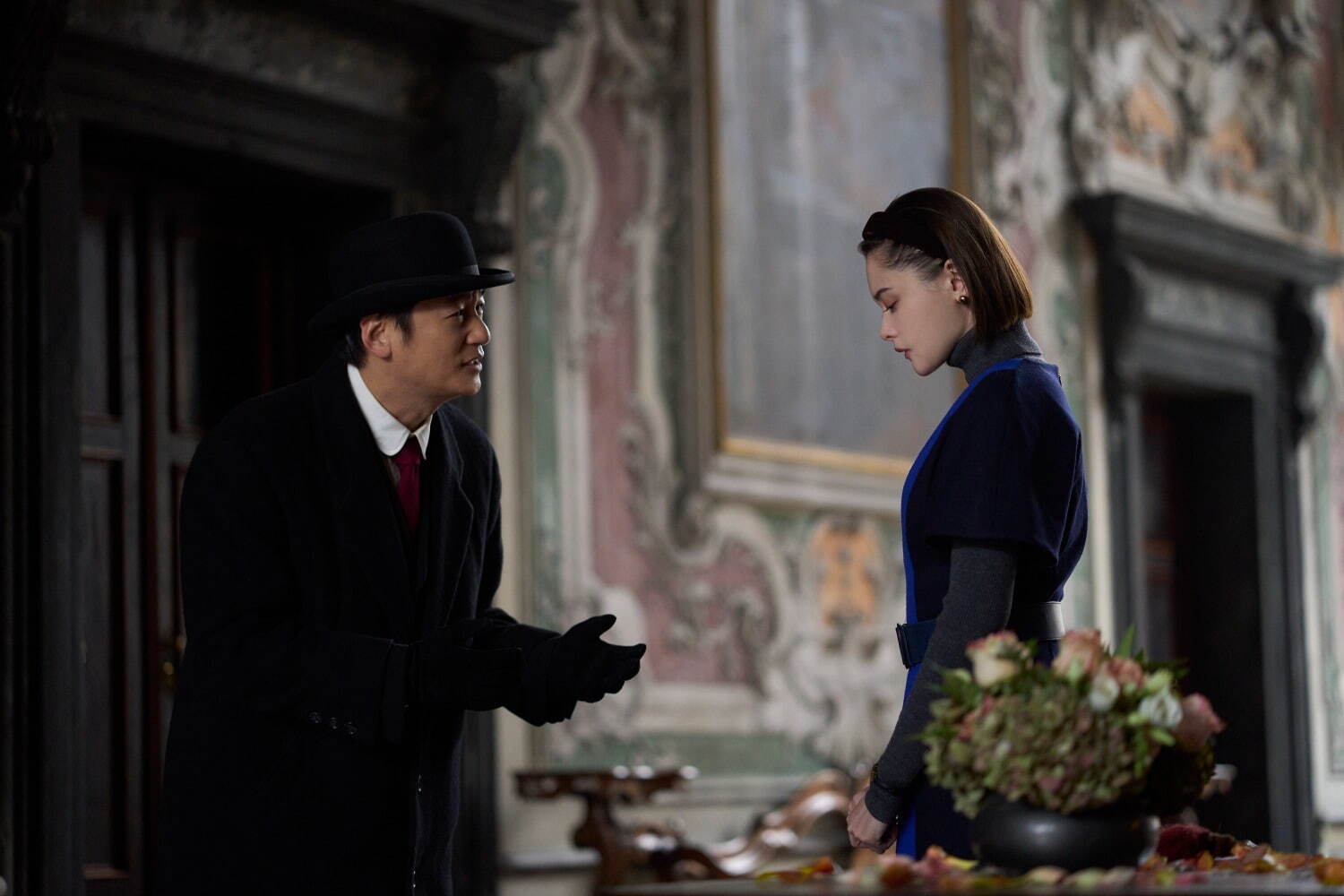
With Japan an increasingly insular country as fewer people get passports and travel abroad, seeing a Japanese film set so prominently in another location with a diverse cast of both Japanese and European actors is refreshing. The only comparison I can think of in recent years is, ironically, the prior Thus Spoke Kishibe Rohan film, At the Louvre, which also shot sequences on location in Paris and at the museum. This feels more immersive than that film in this respect, avoiding the limitations of splitting time between Japan and Europe as occured with that production.
While Thus Spoke Kishibe Rohan: At a Confessional’s production is impressive, a fresh global team even spicing up the cinematography beyond its backdrop, the story buckles under the weight of changes necessary for this function as a feature film. Much has been amended to transform a 50-page manga one-shot into a 2 hour movie, including making Rohan a more active participant in uncovering a truth to the curse. What made the original story so intriguing is the moral quandry presented and contained within the confessional itself, something diluted as the scope has expanded.
By making this a mystery to solve as opposed to a question that lingers, it transforms the ultimate despair and actions of this man into a problem to solve with a victim in the daughter to save. It distracts from the questions the story poses of how we treat those around us, replacing it with the shallow thrill of attempting to keep the daughter from dying on her wedding day. The morality of what the man did, and how we as an audience should think about these deplorable actions, is unimportant, robbing the story of its impact.
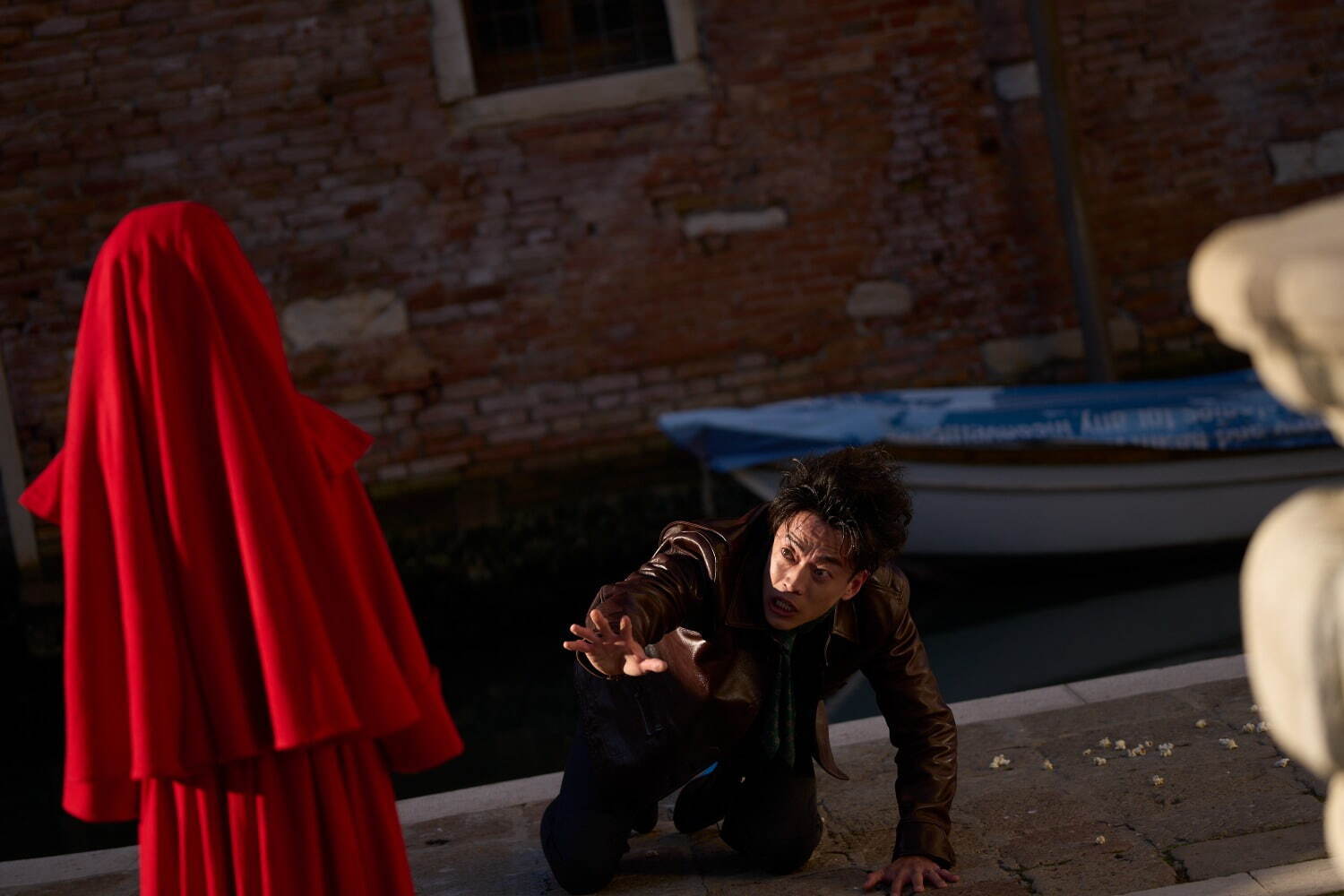
It’s not even like the search for a solution by Rohan is interesting enough to make up for this change. As a mystery the solution is obvious from the moment the story shifts from understanding the curse to finding a way to solve it. There’s only one way this story can play out, and without any intrigue into how Rohan will use his powers or intellect to find a solution, the tension that should be present as we inch closer to the climax is almost entirely absent.
The film drags and stumbles towards this inevitable conclusion, somewhat dampening the impact of an otherwise-flashy final sequence filled with otherwise impressive moments that tie the beauty of the city and its culture to this ultimate answer. The film often feels uncertain about how best to proceed in juggling its characters while ensuring Rohan retains the spotlight, and no amount of impressive production can make up for that.
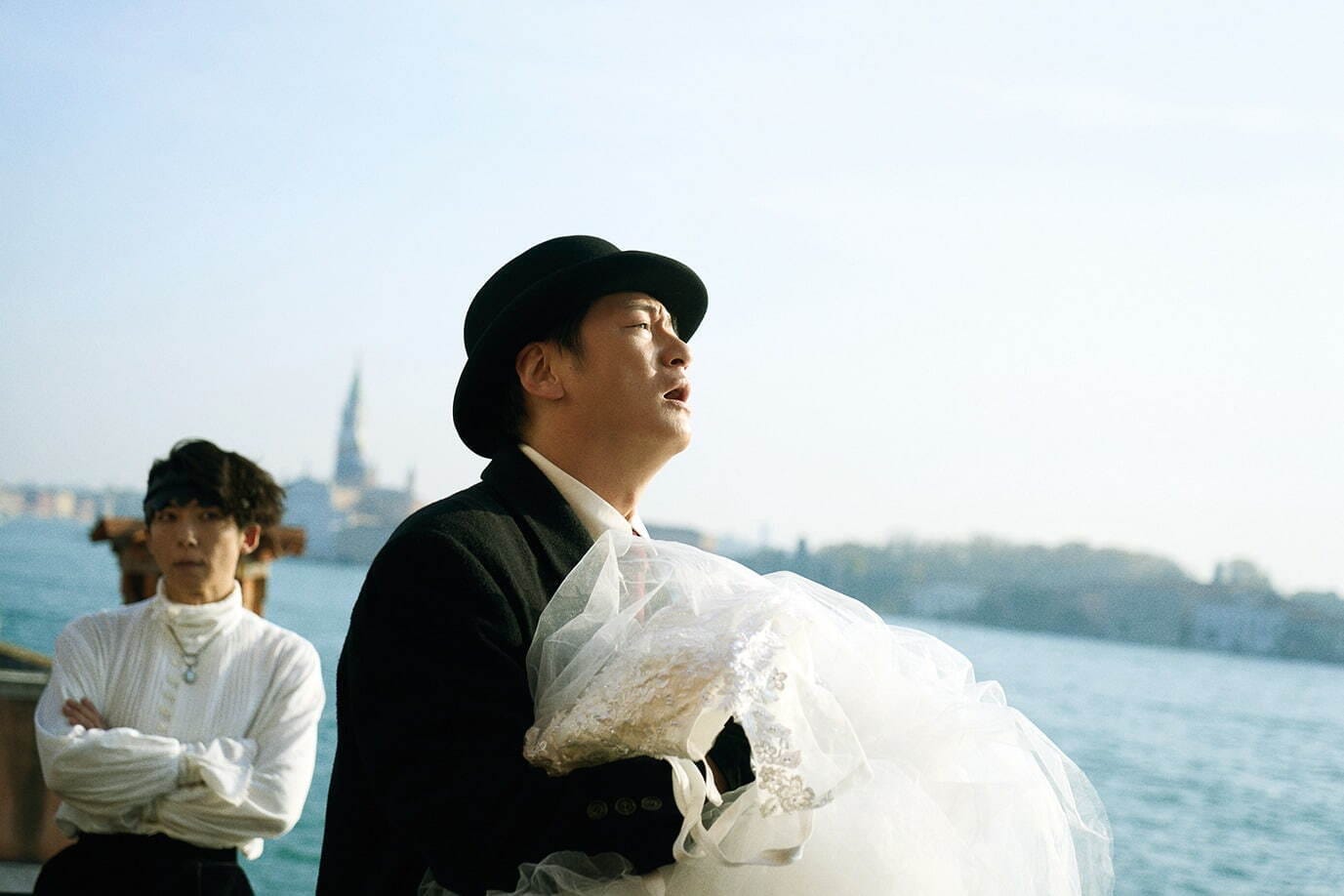
More bluntly, the film feels like something produced for the big screen by financial necessity as opposed to its creatives believing that only an extended cinematic experience could do this story justice. Filming in Venice isn’t cheap, after all. At the Louvre adapted a 3-chapter short story which, while still far from perfect, at least felt justified in its move from TV screens to cinemas. At a Confessional, meanwhile, feels like a story dragged out for two hours to justify the cost of sending a crew to Europe by using box office revenue to cover an expensive shoot.
Which is understandable, but that doesn’t make the final product any better.
It’s far from a bad film, but across both TV and theatrical storylines this is the live-action Kishibe Rohan adaptation at his most labored. As the sun set on Venice and the credits rolled, this closing scene matched my own feelings towards the movie: visually awe-inducing, but I was relieved it was over.



